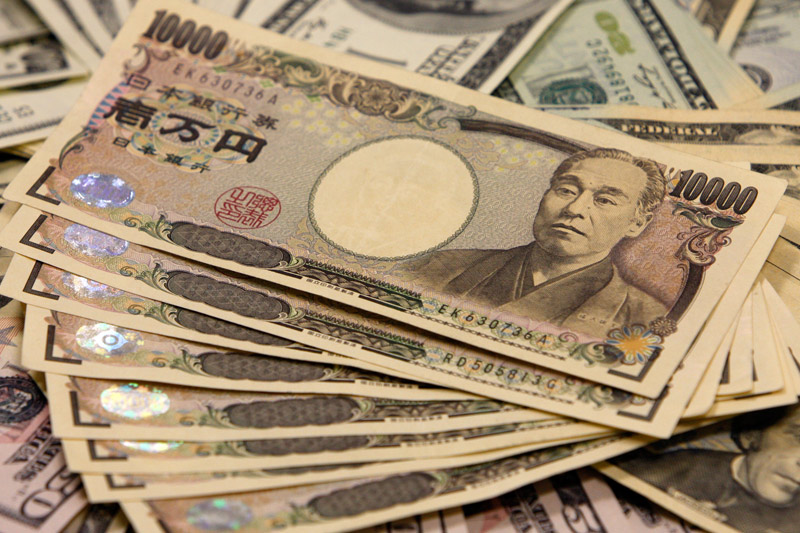By Marc Jones
LONDON (Reuters) – The Japanese yen surged on Monday, suggesting the country’s authorities may have finally acted on warnings of currency market intervention they have been issuing for months.
Monday’s moves follow a nearly 11% decline in the yen’s value against the dollar this year and a 35% decline over the past three decades, sending the rate to a 34-year low.
Here are five graphs to show what happened.
1/INTERVENTION EFFORTS
Monday’s suspected intervention came after the yen plunged past 160 to the dollar, well below the level most currency traders had thought it would reach before the Bank of Japan responded.
The last time authorities intervened was in September and October 2022, when they are estimated to have spent as much as 9.2 trillion yen ($60.78 billion) defending the currency.
The other major effort came during the Asian financial crisis in 1998, when the yen lost almost 25% in just fourteen months, reaching almost 148 per dollar in August of that year. The United States joined the intervention and the yen rose by more than 35% over the next four months.
There has also been action in the opposite direction. In March 2011, the Group of Seven (G7) countries intervened jointly to stem the yen’s strength as the currency spiked to a record high in the wake of a major earthquake that also crippled the massive Fukushima nuclear power plant.
2/TOKYO DRIFT
This isn’t something sudden. The yen has been universally weak over the past four years. Not only has the price fallen by 31% against the dollar during this period, but also by 29% against the Chinese currency, 29.5% against the euro and almost 36% against the safe haven Swiss Frank.
Remove ads
.
3/STOCK OUT
The weak yen hasn’t been a bad thing for the Japanese stock market, which is filled with companies selling their products around the world. The weak yen keeps them competitive and has helped the market rise more than 162% over the past decade, which is not far off the 174% increase the US has seen over the same period.
4/YIELD VERSUS YEN
One of the main causes of the yen’s weakness is that Japanese interest rates are much lower than elsewhere in the world. For example, benchmark 10-year U.S. Treasury bonds currently yield 3.7 percentage points more than Japan’s.
This difference means that it is not attractive for large international investors such as pension funds to buy those Japanese government bonds, or JGBs, as they are known, limiting demand for the yen.
Japan’s public debt-to-GDP ratio is also among the highest in the world, having more than tripled, from 85% in 1994 to almost 260%.
5/WHERE WE ARE
The yen’s decline since early January is the third worst start to a year in the past three decades and the fifth time in the past six years that it has fallen at this stage of the year.


